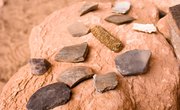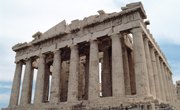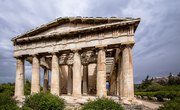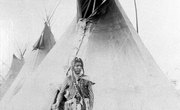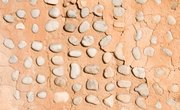The Aztecs were a native Mesoamerican civilization that ruled over Central Mexico from their capitol, Tenochtitlan. They were eventually overthrown by Spanish conquistadors, led by Hernando Cortez, in 1521. Fortunately, some of their culture has survived and offers a rich subject of study, especially in the areas of art, lifestyle and cultural traditions.
Codices: Aztec Manuscripts
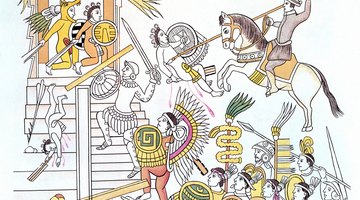
The Aztecs recorded their history on pictograph manuscripts called codices, which your students can replicate on index cards attached to one another with tape. Give each student five blank index cards. Then, have them choose a story they'd like to tell -- they can tell a true story from their lives or make one up. Instruct students that on each card they will draw one scene from their stories, and that when read together, the five cards should tell the entire tale. Allow them to use pencils, markers and crayons to complete their drawings. When they've finished, help students tape their cards together, end to end, so that each story can be read from start to finish. You can then display their codices in the classroom.
Marigolds: Flowers of the Dead
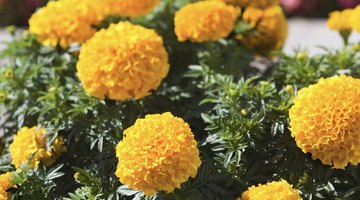
In Aztec culture, marigolds served the purpose of welcoming the dead back to their families. Your students can celebrate this part of Aztec life by planting marigolds in class. You'll need enough potting soil and small planters for all of your students, along with a packet or two of marigold seeds. You can use either French marigolds or African marigolds, as they can both be traced back to Central and South America. Have students write their names on their planters in permanent marker. Then, you can help them fill their planters with soil and plant their seeds. They can set their planters on the windowsill and care for them as they grow. Make sure your students water their marigolds regularly.
Modern Sunstones: Iconic Calendars
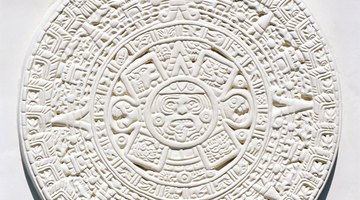
Sunstones were used by the Aztecs as calendars, but how would a calendar look that combined their methods with ours? Show your students pictures of Aztec sunstones, and explain that they are going to make their own. For materials, you can provide them paper plates along with pencils, markers and crayons. Encourage them to use their imaginations in the design. Their calendars should be readable, logical and use the Julian calendar months that we use today. Aside from that, however, it is up to them to let their creativity take over. They can use pictures, words or a combination of both.
Aztec Sculpture: Masks
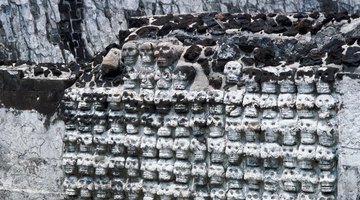
Aztecs used masks as decorations and as tributes, and they sometimes wore them during rituals. They were made from turquoise, wood or stone, or even actual human skulls. Your students can make masks of their own. Provide a variety of base materials: construction paper, paper plates, even rectangular slabs of cardboard. Instruct students to paint a base color onto their masks first, to represent the type of material the mask would be constructed from: brown for wood, grey or green for stone, white for bone. Provide pictures of Aztec masks for your students to use as style references. When they've finished, help them cut eye holes and attach strings so they can wear their masks while you discuss the different uses masks served in Tenochtitlan.
Related Articles
References
Writer Bio
Christopher Cascio is a memoirist and holds a Master of Fine Arts in creative writing and literature from Southampton Arts at Stony Brook Southampton, and a Bachelor of Arts in English with an emphasis in the rhetoric of fiction from Pennsylvania State University. His literary work has appeared in "The Southampton Review," "Feathertale," "Kalliope" and "The Rose and Thorn Journal."



